Drawing on her years of experience in Iraq, Tanvir Hasan considers how Mosul’s recovery depends not only on iconic heritage sites but also on sustaining the living culture of the city
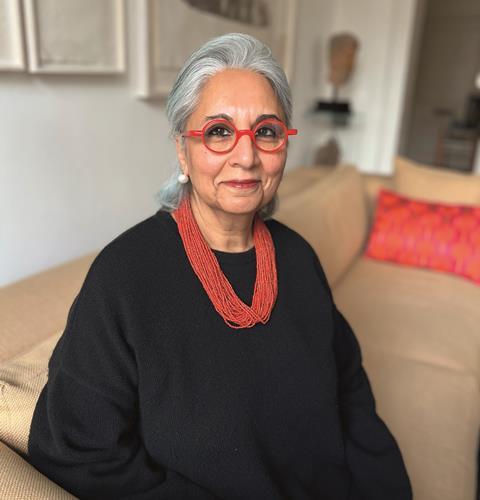
I have been working with the World Monument Fund in Iraq since 2018. My annual visits to this ancient country are perhaps a record of a nation recovering from a catastrophic period of destruction. While there are many books written about post-conflict reconstruction, nothing prepares one for the level of loss.
Mosul, where I am currently working, lies at the edge of the Assyrian capital city of Nineveh on the banks of the river Tigris and has been continuously inhabited since around the 7th century BC. Nineveh is where some scholars believe the Hanging Gardens of Babylon once flourished, and where the Assyrian king Ashurbanipal ruled (669–631 BC) with his extensive library, celebrated at a recent British Museum exhibition.
As the capital of the Islamic Zangid Dynasty in the 12th century, Mosul blossomed as a centre of trade and continued as such through the 19th century under the Ottomans, until British occupation at the end of the First World War.
Today, 13 years after the bombing ended, with the downfall of Saddam in 2003 and the Islamic State in 2011, life in Mosul has still not fully returned to normality. Here, over the past four years, I have seen the city reassembling itself, continuing to collect and reinstate its social memories and physical memorabilia, and also to define a new idiom in its post-conflict era.
We frequently ask ourselves what role restoration of built heritage plays in re-establishing a community. After the Second World War, in places such as Warsaw, the centre of the city was reconstructed meticulously. In Mosul there are neither the funds nor the know-how to do so.
In Mosul, as part of its $115 million Revive the Spirit of Mosul initiative, UNESCO celebrated the completion of the minaret of the late 12th-century Al Nuri Mosque and the 19th-century Al-Saa’a Convent and Church of Al-Tahera in February this year.
However, the buildings immediately beyond the boundary of the mosque remain in a state of bombed semi-dereliction. The complexities of delivering projects in a dissipated post-conflict environment mean that often only the iconic monuments receive attention. Or should I say receive attention first. They are easier to define and easy to raise funds for.
Yet for the people of the city, the social heritage extends to the less visible buildings. When I first visited Mosul in 2021 and went to see the Nuri Mosque, on the street outside a little boy pointed to a heap of rubble and proudly said, “This was my grandfather’s shop. I will rebuild it exactly as it was.” The boy’s grandfather’s shop would have been a standard 1950s concrete structure, probably architecturally not very significant, but it was part of his emotional history.
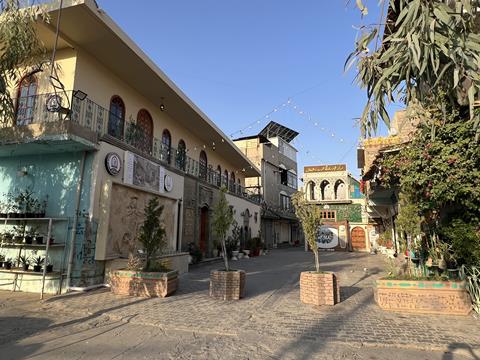
In a cul-de-sac opposite the Nuri Mosque we were taken to a self-installed museum called “Baytuna” or “our house”. We entered through a small door to the tight courtyard of the house, enclosed by a corrugated iron roof.
The entrance fee was negligible. We were offered lemon tea and stood amongst walls of yellowing photos of the city and its dignitaries.
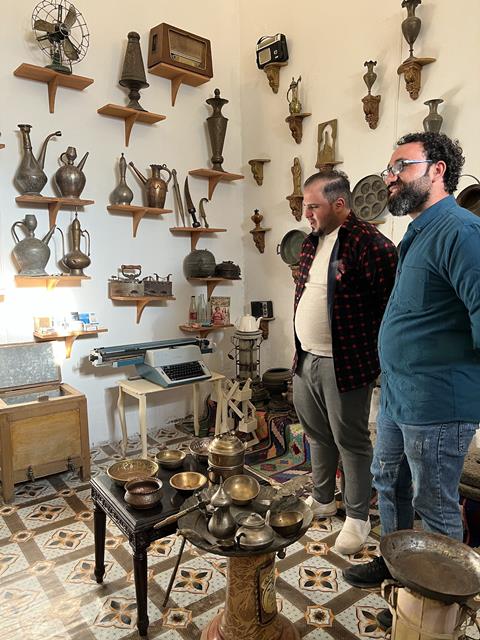
Off the entrance was a room full of shelves on which sat countless ordinary household utensils, such as old buckets, hand pumps and coal irons. In the centre of the room, a glass floor covered a hole recording the bomb damage.
“Baytuna is evidence of a normal life before the war,” said the owner. Today the museum has grown to include the house next door with a large terrace above, where social events and lectures happen and where families meet. It has become the “heritage quarter”.
The river Corniche is coming back to life at street level, with small cafés beneath still shelled-out buildings. As the debris of war is cleared, structures that survived the bombing are being reinhabited.
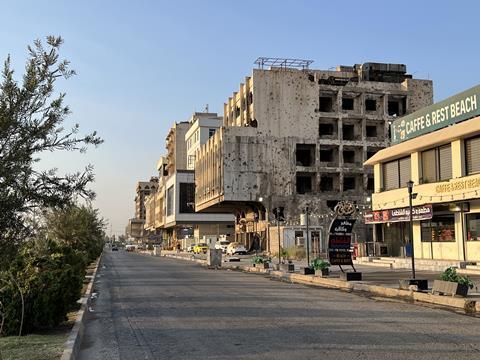
Heritage is therefore important, but not necessarily as we understand it. For post-conflict zones there has to be a new definition of heritage significance, and an intelligent approach to new buildings within lost urban environments.
Iraq, and particularly Mosul’s building industry, has lost its know-how in the confusion of the last 22 years of war (since 2003), know-how much needed to enable and assist with managed change. Most of the new buildings do not involve architects, and perhaps better guidance for the construction industry would provide a route forward.
There is a strange mistrust of Western aid and yet there is an absolute dependence on it too. A middle ground was never really achieved, as aid failed to build local capacity or encourage expat Iraqis to return to rebuild the country.
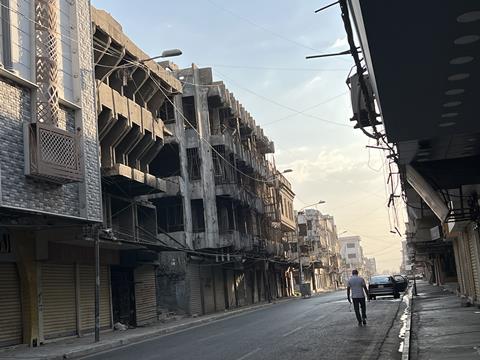
Infrastructure planning remains fragmented and underdeveloped. If post-conflict reconstruction is to be successful, it will require community engagement. It will also need teams of architects and engineers, fluent in the local language, to live in the city for long periods of time.
The loss caused by the war was not only of buildings but also of a local community of skilled professionals, contractors, and a functioning government. There is also a lack of understanding of what needs to be built, including the need for parks and gardens.
Just as importantly, there is an absence of an architectural vocabulary to articulate Mosul’s dreams and aspirations. Only when the local community is empowered to shape its own environment will Mosul’s recovery move beyond monuments, towards a future that sustains the living culture of the city.
>> Also read: Amid all the uncertainty, architects are already working to rebuild Gaza
>> Also read: Dispatch from Jamaica’s urban frontline
Postscript
Tanvir Hasan is a Director Emeritus at Donald Insall Associates, having served as Deputy Chairman and London studio lead for over a decade.


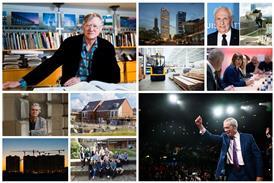
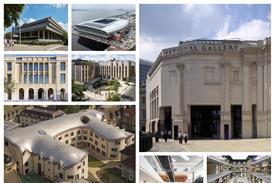

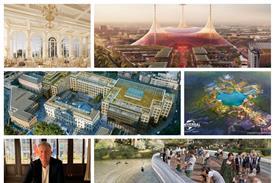




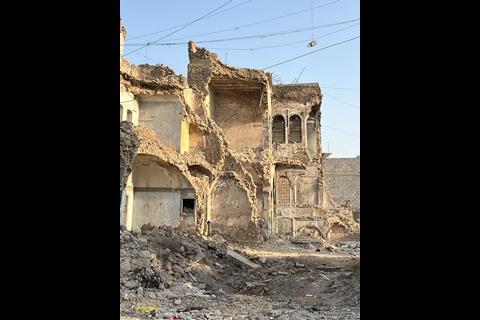

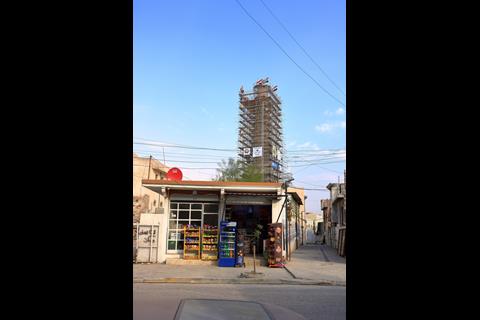
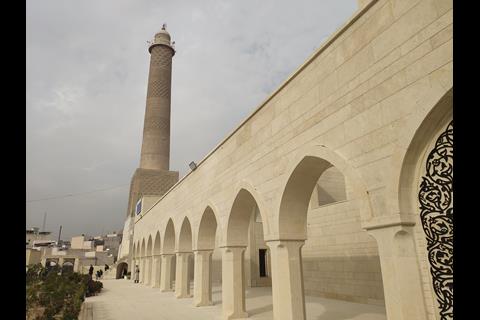







No comments yet